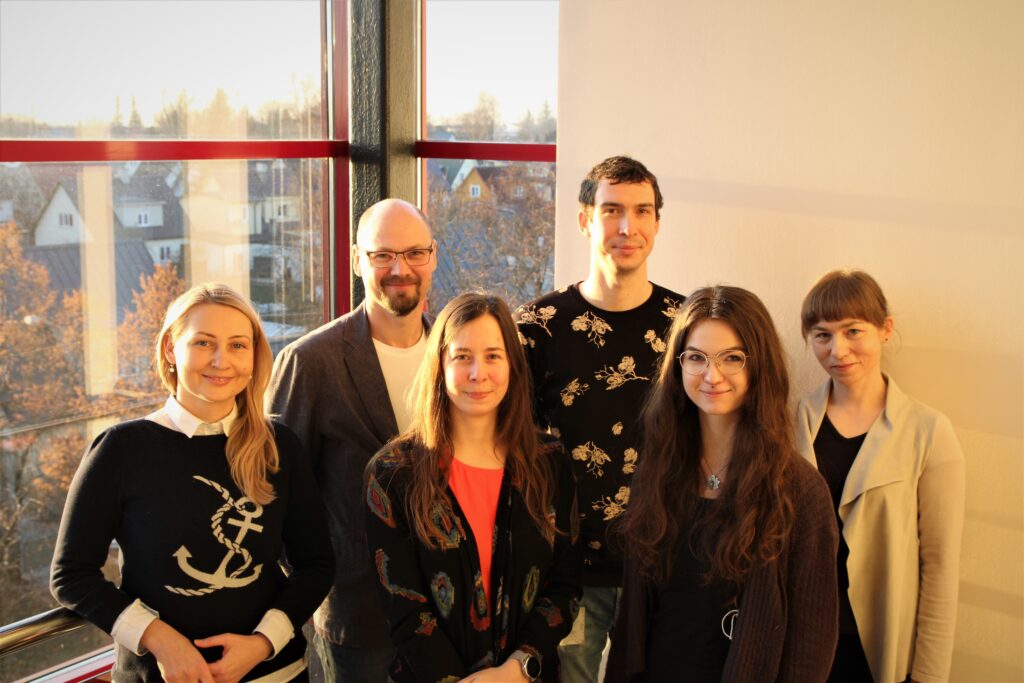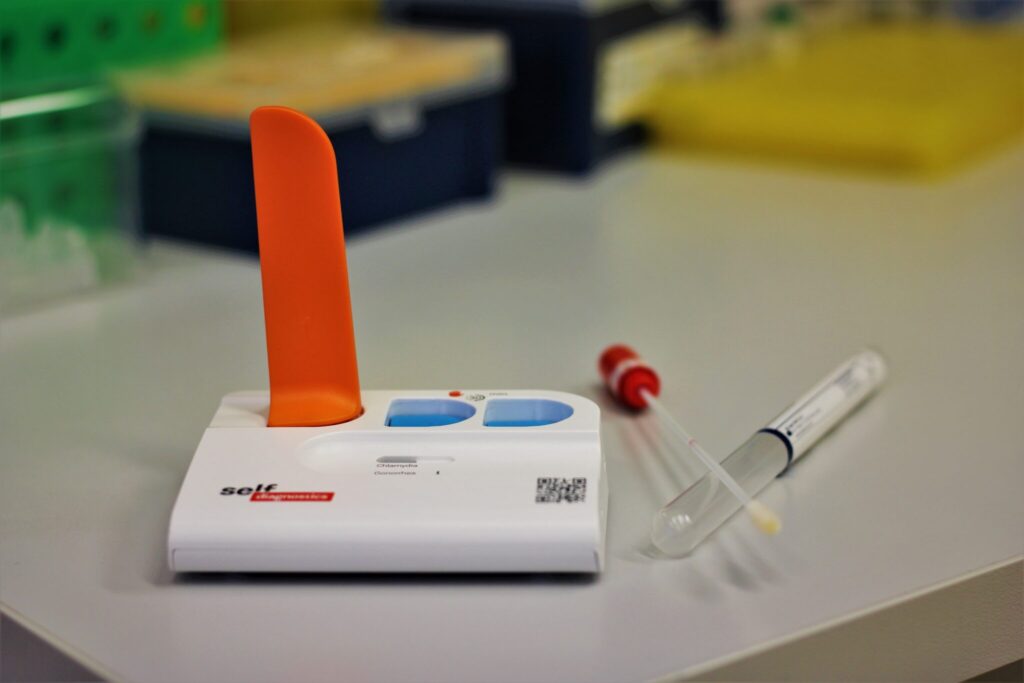The University of Tartu and SelfDiagnostics, a medical equipment supplier, have developed a SARS-CoV-2 rapid molecular test that allows detecting the viral RNA (one of the three major biological macromolecules that are essential for all known forms of life, along with DNA and proteins) at a lower price and a greater resource efficiency; the test allows identifying infection on the spot in less than an hour.
This article is published in collaboration with Research in Estonia.
The coronavirus pandemic has claimed over a million lives and the number of infected people is growing every day. This also creates the need for more testing and places a heavy burden on the central testing system.
The current method regularly used for virus identification is PCR, polymerase chain reaction, where the nucleic acid is amplified in stages at different temperatures. This method regularly presumes purification of the nucleic acids from the sample.
The PCR method is, however, time-consuming and requires complex laboratory equipment, special facilities and trained staff. This makes current testing relatively expensive and resource intensive. From the patient point of view, current centralised testing has two major drawbacks, significant delay in the results (usually days) and uncomfortable or even painful sampling of the nasopharynx.
Identifying the infection within 45 minutes
The University of Tartu researchers and Estonian-German company SelfDiagnostics have now developed a coronavirus rapid test that allows identifying the infection within 45 minutes.
The test is based on the isothermal amplification of nucleic acids, meaning that the presence of viral RNA is determined at a constant temperature. This means there is no need for large laboratory equipment or conditions and the test can be performed on-site or at the point of the patient care. Clinical studies indicate that the accuracy of the novel molecular rapid PCR test is similar to that of central laboratories.

According to Katrin Krõlov, the lead of the R&D activities, the test aims to get an accurate diagnostic result at the site of patient care. “Above all, the test is a faster and a more affordable alternative to current testing system,” Krõlov said. “For example, if you are travelling by plane, it is not very helpful if you are informed that you were on the same flight with a corona-positive person a couple of days after the flight. The rapid test, however, would allow identifying the infected people before boarding.”
A single-use mini-laboratory
Ülo Langel, a professor of molecular biotechnology, explained that the rapid test allows expanding testing in the regions where the fast diagnosing of the coronavirus is vital. “The testing should be diffused and close to the patient. The bigger goal is to allow people test themselves without burdening the healthcare system. It would save valuable time in diagnosing fast spreading infection, where current testing system meets the limit,” Langel said.
SelfDiagnostics has been developing different diagnostic products for the past ten years. According to its CEO, Marko Lehes, they have successfully modified a previously developed infection rapid test to detect both the SARS-CoV-2 virus and influenza viruses. “The rapid test has the accuracy of a laboratory with the size of a human palm. We can say that it is basically a single-use mini-laboratory,” Lehes said.
Cover: The rapid test (left), developed by the University of Tartu and SelfDiagnostics, next to the old testing solution. Photo by the University of Tartu.

